ALS
Latest
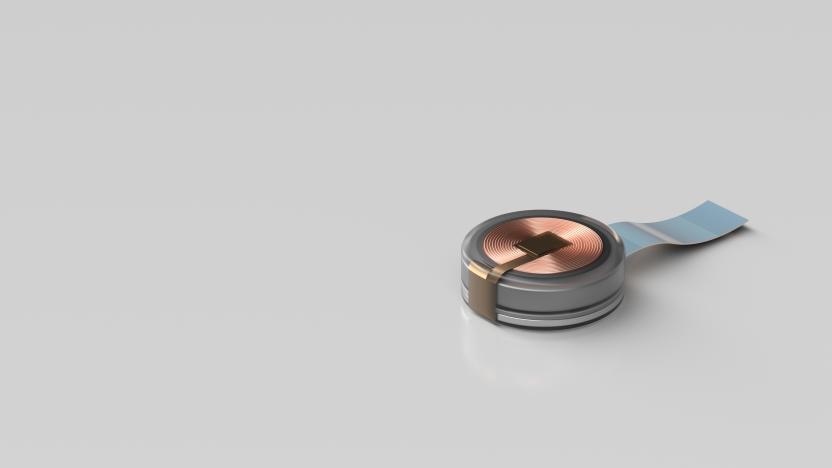
Neuralink CEO Elon Musk expects human trials within six months
After a month-long delay in October, Neuralink held its third “show and tell” event on Wednesday where CEO Elon Musk announced, "we think probably in about six months, we should be able to have a Neuralink installed in a human."

Sidewalk Labs products will be folded into Google proper
The CEO of the smart city company is stepping down due to health concerns.
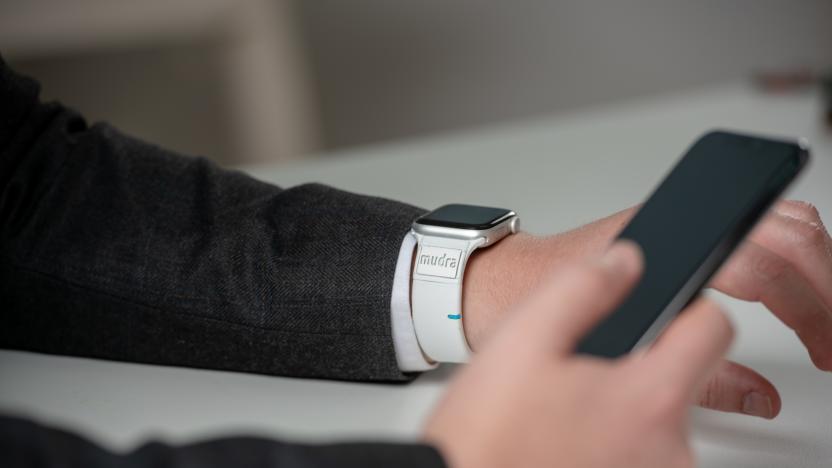
This gesture-sensing band could make the Apple Watch more accessible
This device could one day make the Apple Watch more accessible to those with disabilities.

Google wants you to train its AI by lip syncing 'Dance Monkey' by Tones and I
Google is asking users to lip sync 'Dance Monkey' by Tones and I in order to train its AI.
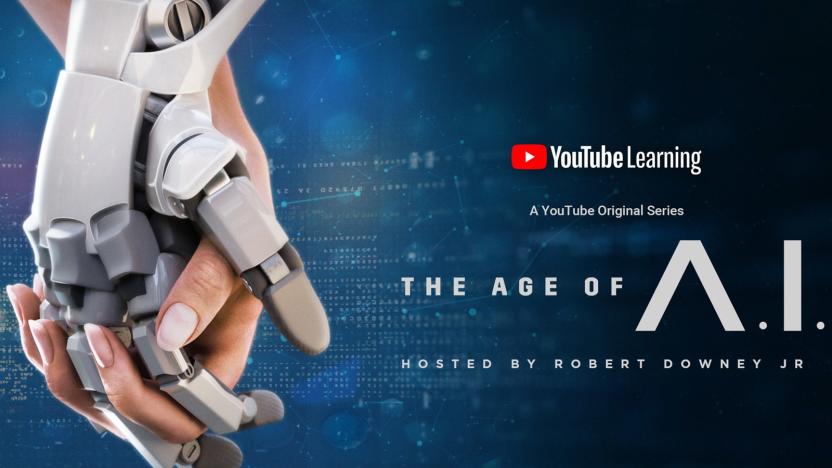
YouTube's series on AI with Robert Downey Jr. is finally available
If you've ever had a question about artificial intelligence or how it works, YouTube's latest Originals series, The Age of A.I., tries to answer those questions. The new eight-part show, which is available to watch today after a lengthy wait, features Robert Downey Jr. as he attempts to demystify terms like machine learning and computer vision while showing off some of the latest advancements in the field.

Quips is an AI to help ALS patients speak with their own voice
One of the most devastating outcomes of motor neuron disease (MND), more commonly known as ALS or Lou Gehrig's disease in the US, is that it eventually takes away the ability of those who have it to speak. But like it promises to do in a lot of other areas, artificial intelligence could soon help MND patients better cope with their condition thanks to a new tool developed by Rolls-Royce and its R² Data Labs.
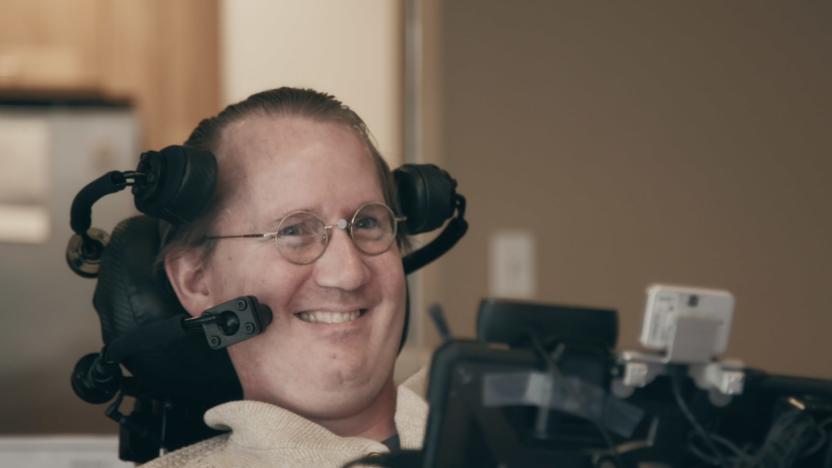
Google trains its AI to accommodate speech impairments
For most users, voice assistants are helpful tools. But for the millions of people with speech impairments caused by neurological conditions, voice assistants can be yet another frustrating challenge. Google wants to change that. At its I/O developer conference today, Google revealed that it's training AI to better understand diverse speech patterns, such as impaired speech caused by brain injury or conditions like ALS.

Gene editing technique could treat ALS and Huntington's disease
The most common gene editing technique, CRISPR-Cas9, only modifies DNA. That's helpful in most cases, but it means that you can't use it to tackle RNA-based diseases. Thankfully, that might not be a problem for much longer. After plenty of talk about editing RNA, researchers have developed a new RNA-oriented technique (RCas9) that can correct the molecular errors which lead to diseases like hereditary ALS and Huntington's.

Windows 10 will soon include built-in eye tracking
It's not easy to use a PC if you have ALS or another neuromuscular disease that prevents you from using your hands. You can use eye tracking, but that could easily entail specialized software and an imperfect experience. Microsoft thinks it can do better. It's adding built-in eye tracking to Windows 10, nicknamed Eye Control, that will let anyone navigate using their gaze. You can launch apps, type and otherwise perform common tasks just by focusing your eyes on the right part of the screen.
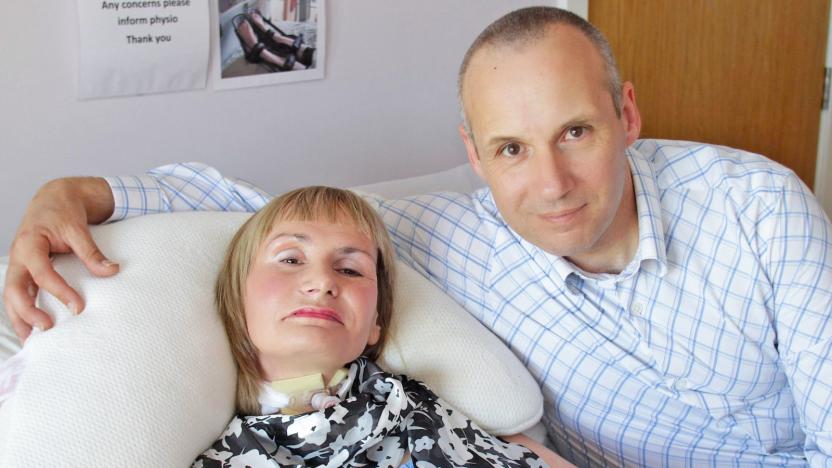
New brain-computer interface breaks through locked-in syndrome
Researchers have been using brain-computer interfaces to interact with patients suffering from locked-in syndrome for a few years now. But a new system from the Wyss Center for Bio and Neuroengineering in Switzerland may finally allow even the most immobile patients communicate with the outside world.

ICYMI: Basketball is about to get even more stats-heavy
try{document.getElementById("aol-cms-player-1").style.display="none";}catch(e){}Today on In Case You Missed It: The National Basketball Association signed a seven-year agreement to use a computer-vision, artificial intelligence system that analyzes on-court action in ways average viewers couldn't spot as they watch.
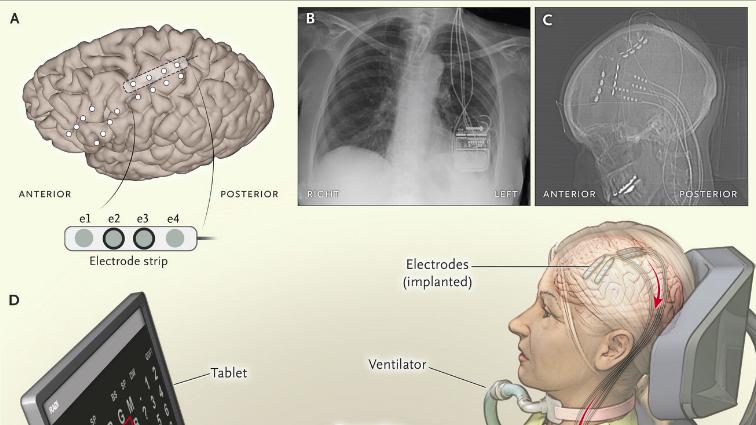
Brain implant helps a paralyzed woman communicate at home
A 58-year-old woman left paralyzed by amyotrophic lateral sclerosis (ALS, also known as Lou Gehrig's disease) has now become the first patient to use a brain-computer interface to restore some of her day-to-day functions. The woman was left "almost completely locked-in" after the disease caused her motor neurons to deteriorate to the point where she could only control her eye muscles. While brain implants have been in development for years, this particular patient has become the first to make use of one at home and outside of a research or hospital setting.

The internet's Ice Bucket Challenge funded a medical discovery
Internet sensations can do more than just trigger fond memories or confusion... sometimes, they might just lead to a vital cure. Some of the $100 million-plus in donations from the Ice Bucket Challenge (the viral video-fueled awareness campaign for ALS, aka Lou Gehrig's Disease) fully funded Project MinE, a medical research effort that just identified a gene linked with some ALS cases. Yes, that clip you shared with your Facebook friends may have given scientists the cash they needed to finish their work -- in this case, sequencing the genomes of 15,000 people with ALS to help pinpoint relevant genes.

Brain implants help the paralyzed type faster
It's possible for paralysis victims to type and otherwise communicate with the world, but they usually have to do so at a glacial pace. They might not be nearly so limited in the future, though. In experiments combining BrainGate2 (a high-speed neural implant system) with text entry software, researchers had a Lou Gehrig's sufferer type words at six words per minute. While that may not sound quick on the surface, it's incredibly fast for someone relying solely on mental activity to write a message.

Samsung's ALS challenge video completely misses the point
By now you've heard of the ALS Ice Bucket Challenge, even if you don't know exactly what it is. Seemingly millions of people have dumped buckets of ice water on their heads to raise awareness and money for ALS funding. Amyotrophic Lateral Sclerosis, better known as Lou Gehrig's Disease, affects nerve cells in the brain and spinal cord, leading to the loss of voluntary muscle action and, for some in the later stages of the disease, eventual paralysis. As of August 22, 2014 the Ice Bucket Challenge has raised over $50 million in donations for ALS research. With that much money raised there's bound to have been some criticism of those participating in the challenge, from grumps who write is off as a silly fad to politically-motivated critics who are against the use of stem cells in ALS research. The important story is that loads of money is currently being raised for ALS, and most of the people participating in the challenge are doing so in good faith. They're participating in the challenge in a way that draws attention to the cause more than themselves, which is why a new video released by Samsung today has rubbed us the wrong way. This morning Samsung released the following video for their Galaxy S5 phone, with the phone doing the ALS challenge. You can view it here. The fact that Samsung would make a video for their product that latches onto a viral charity campaign is ghoulish, though let's give them points for not mentioning the waterproofness of the Galaxy S5 outright. Still, it's completely missing the point of the viral campaign to begin with. This is about people humbling themselves in the name of charity to raise awareness of a disease. If the Galaxy S5 in this ad represented Samsung CEO Boo-Keun Yoon, he would be wearing a wetsuit while getting water poured over him. Beyond that, there's the issue of the other objects Samsung's phone challenges to participate in the ALS challenge. The iPhone, HTC One, or Nokia Lumia aren't humans, and they aren't waterproof. This is a one-sided "challenge" designed to troll other devices and companies with no active participation in continuing to raise awareness beyond annoyed think pieces like this one. So on that end, good job Samsung -- technically we're doing the promotion of ALS for you. This would be like the staff of TUAW challenging the road itself at Infinite Loop to participate, only without the gross profit motive. Meanwhile Apple's CEO Tim Cook has participated in the ALS challenge by getting soaked with water in front of his employees. Phil Schiller, Apple's marketing guru, participated by sharing pictures of himself on Twitter. None of these moves promoted Apple products, but rather drew attention to the cause of ALS research. The iPhone may not be waterproof, but at least the company who makes it doesn't cynically co-opt charity to sell their devices. If you are interested in donating to ALS research you can do so on their website. The ALS is a qualified 501(c)(3) tax-exempt organization and your donations are tax-deductible to the full extent of the law. If you've never known anyone who suffers from this terrible disease you can learn more about it here, or read personal stories of people living with ALS here.

Tim Cook takes the ALS Ice Bucket Challenge, challenges Dr. Dre
Yesterday we talked about Apple marketing VP Phil Schiller challenging CEO Tim Cook to take the ALS Association Ice Bucket Challenge. Well, at an Apple beer bash yesterday, Cook took his icy shower. Cook then challenged Disney CEO and Apple board member Bob Iger, recording artist Michael Franti (who was at the bash and immediately accepted), and Dr. Dre to either take a splash with icy water, donate $100 to the ALS Association, or both. I can't wait to see the Dr. Dre footage... Hats off to Apple executive team for supporting the ALS Association.

Apple's Phil Schiller takes ALS "ice bucket challenge", challenges Tim Cook
Have you heard of the ALS (Amyotrophic Lateral Sclerosis, AKA "Lou Gehrig's Disease") Ice Bucket Challenge? The challenge is a fundraiser to pull in funds for the ALS Association in which celebrities and non-celebrities alike pour a bucket of ice water over their heads and then challenge others to do the same, or make a donation to fight ALS within 24 hours. It's been a whopping success, raising US$4 million in donations since July 29 -- compared to $1.12 million during the same period last year -- and adding 70,000 new donors. Apple marketing head honcho Phil Schiller took to a California beach yesterday to soak himself, then challenged Apple CEO Tim Cook and a celebrity friend to join in on the fun. Schiller sent out three pictures via Twitter showing himself in a dry Boston College T-shirt, dumping the bucket of ice water over his ear, and soaked and smiling afterward. Schiller then challenged his wife Kim, Tim Cook and NCIS: Los Angeles actor Chris O'Donnell to also "take the plunge" and/or donate to the ALS Association. Cook has until 7:57 PM PT tonight to respond. The whole world is watching... TUAW readers can make a donation to the ALS Association and join in on the challenge.

New system lets you type with your brain using MRIs
This isn't mind reading, per say. Instead Bettina Sorger, Joel Reithler, Brigitte Dahmen and Rainer Goebel at Universiteit Maastricht have figured out a way to monitor the flow of blood in the brain and associate the images captured using an MRI with the letters of the alphabet. The whole system takes about an hour to learn and configure for each individual. Trials focused on healthy individuals, but clearly its the paralyzed and people suffering from diseases like ALS that have the most to gain. Sorger hopes to enable "locked-in" patients to finally be able to communicate with the outside world by thinking out letter at a time. Obviously, patients aren't going to be able to install an MRI in their homes, much less lug one around with them. The data collected could be used to finely tailor less accurate but more portable systems for patients that monitor electrical or light signals. If you're interested in the real nitty-gritty you can check out the complete research paper at the source link.

DIY Eyewriter brings the joy of art, vandalism to those with ALS
You know, there are a slew of devices out there that'll let you indulge in some graffiti action without sullying your hands (or breaking the law). Indeed, we've seen real time 3D paintings in galleries and something called the Wiispray, and now we have Eyewriter. An ongoing effort by a group of graffiti artists from around the world, this open source project has designed and built a low-cost eye-tracking system to enable people like Tony Quam (a.k.a. TEMPTONE), who is paralyzed, to create artwork moving only his eyes. But that ain't all -- the group also designed a "mobile broadcast unit," which is essentially a low-powered, networked bicycle capable of projecting the business onto the side of a building (or street sign, or train). The kids responsible for this heartwarming example of "eye vandalism" promise that how-to materials, software, and the like will all be available soon, but in the meantime check a video of the thing in action after the break. [Via Jailbreak]

Curt Schilling to become EQII villain
Boston Red Sox ace Curt Schilling is about to go on a murderous rampage! From June 5-7, the 2004 World Series champ will stalk the online world of Norrath to benefit the fight against Amyotrophic Lateral Sclerosis (ALS), also known as Lou Gehrig's Disease. The virtual Schilling will challenge fellow EverQuest II players (careful, the guy takes notes!), and for every opponent who manages to defeat him, Sony will donate $5 to the ALS Association.Schilling has also been raising funds through his charity, Curt's Pitch for ALS, but sees online gaming as an excellent way to spread awareness of the disease, so log in and join the cause!The Sox just happen to be playing in New York on those same three days. Slay a few more Yankees for us, will ya Curt?See also: Curt Schilling loses the mitt for the ole' mouse & keyboard








